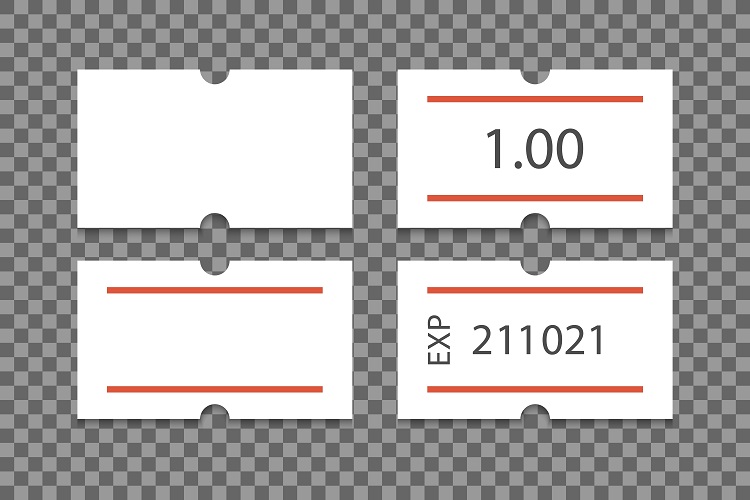413
Price stickers are small but significant pieces of information that play a crucial role in the shopping experience. They provide transparency, help you make informed decisions, and can even save you money. Let us demystify price stickers and provide you with valuable insights to become a savvier shopper.
- Price Tag Basics – Price Stickers typically consist of three key elements: the actual price, any discounts or promotions, and the product name or description. Understanding these elements is essential for making informed purchasing decisions.
- Reading Price Tags – Start by looking at the actual price. This is the amount you’ll pay for the item. If there’s a discount or promotion, it’s usually prominently displayed next to or below the original price. Finally, the product name or description helps you identify the item quickly.
- Discounts and Promotions – Discounts and promotions can significantly impact your savings. Common ones include “Sale,” “Clearance,” “Buy One, Get One,” and “Percentage Off.” Always check the terms and conditions to ensure you understand the deal.
- Unit Price – Sometimes, price tags also show the unit price, which is the cost per unit (e.g., per ounce or per piece). This allows you to compare the cost of similar items easily.
- Clearance and Closeout Sales – Clearance or closeout sales often feature steep discounts on items stores want to clear from their inventory. These can be great opportunities to snag quality products at lower prices.
- Online Price Matching – Some stores offer price matching, which means they’ll match a lower price from a competitor. This is a handy way to ensure you get the best deal in-store.
- Seasonal Discounts – Seasonal items, like holiday decorations or swimwear, tend to be deeply discounted after the season ends. Buying these items in advance can save you a lot of money.
- Bulk Buying Savings – Price tags on bulk items may have a lower unit price, meaning you save more by purchasing in larger quantities. Ensure you have the storage space and will use the items before they expire.
- Price Labels and Quality – Don’t judge an item’s quality solely by its price. Sometimes, more expensive items are better quality, but it’s not always the case. Read reviews and ask for recommendations.
- Loyalty Programs and Memberships – Some stores offer discounts to loyalty program members or those with specific memberships. Consider joining these programs to access exclusive savings.
- Seasonal Sales and Discounts – Be on the lookout for holiday sales, Black Friday deals, and other special events. Planning your purchases around these times can lead to significant savings.
- Coupons and Promo Codes – Many stores offer coupons or promo codes that can be applied to your purchase. Look for these on the store’s website, in flyers, or through apps.
- Tax Considerations – Remember to account for taxes in your budget. In some areas, tax is not included in the price tag, so be prepared for the final cost to be slightly higher.
- Price Comparison Apps – Use price comparison apps to check if the item you’re interested in is available at a lower price at other retailers. These apps can help you find the best deal.
Conclusion – Price stickers are your allies in the shopping world. They provide essential information to help you make informed choices and maximize your savings. Keep these tips in mind on your next shopping adventure, and you’ll be well on your way to becoming a more savvy and budget-conscious shopper.
